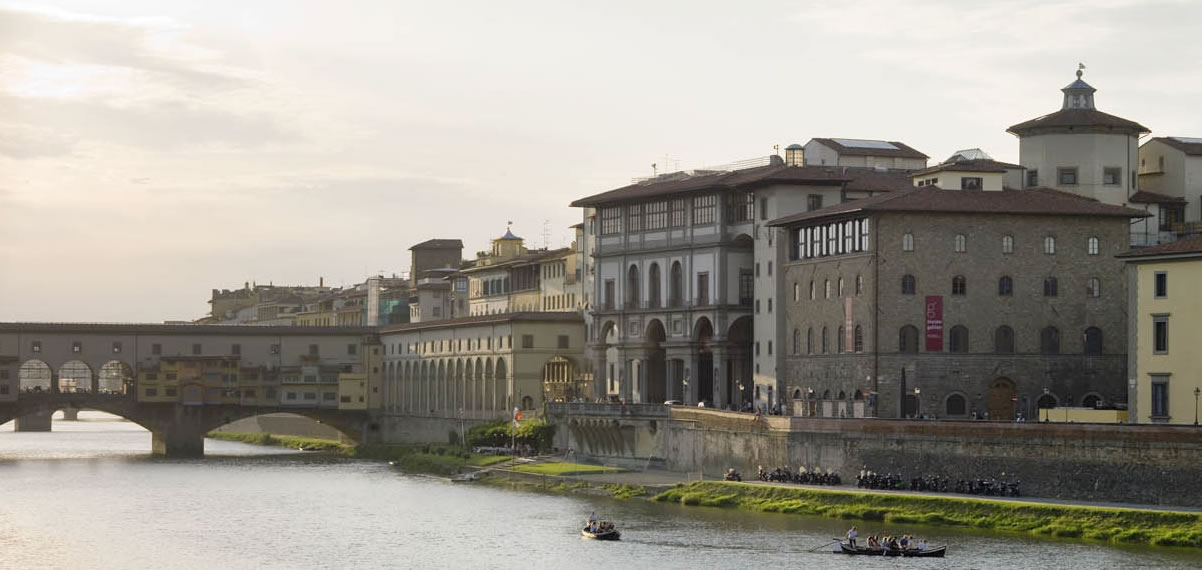1775 - The Museum of Physics
In 1775 the instruments were moved from the Pitti Palace to the Royal Museum of Physics and Natural History in Palazzo Torrigiani on Via Romana, where the Specola Museum is located today. Grand Duke Peter Leopold Habsburg-Lorraine (1747-1792) appointed as director of the museum Abbot Felice Fontana, who built an observatory and upgraded the collection with new instruments of mathematics, physics, meteorology and electricity, many of which were constructed in the Museum workshops.
1829 - The Museum Workshops
After their decline during the French occupation (1799-1814), the museum and its workshops were reorganized upon the return to power of the Lorraine Family. Under the direction of Vincenzo Antinori, such outstanding astronomers and physicists as Giovanni Battista Amici, constructor of microscopes, telescopes, micrometers and spectroscopes, and Leopoldo Nobili, inventor of electromagnetic and galvanometric instruments and thermo-electric piles, contributed to the development of the Museum workshops.
1841 - The Tribune of Galileo
The Tribune was built in 1841 in the Museum of Physics, on the initiative of Leopold II (1797-1870). The architect Giuseppe Martelli planned it to contain a statue of Galileo, surrounded by frescoes and bas-reliefs illustrating the discoveries and the most important instruments of the great scientist: the geometric and military compass, an armed loadstone, two telescopes, and the objective lens of the telescope with which Galileo discovered the Jupiter satellites. The Renaissance instruments and those of the Accademia del Cimento were also displayed in the Tribune.
Focus

Library
The collective database provides full access to the Museo Galileo’s collections and the databases produced in connection with the various research and study projects.
Search the collective database
or ...

- Category: History museum









